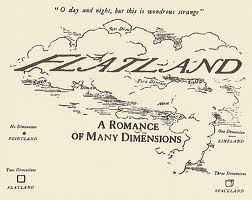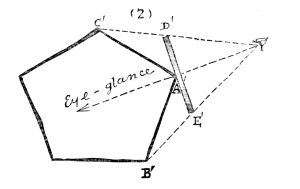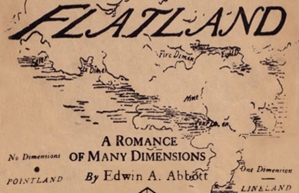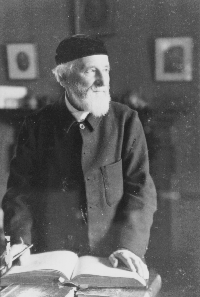
Flatland, a book by Edwin Abbott, is a book written about the world of a 2D world, Flatland, and its inhabitants, the 2D shapes. Edwin had described the citizens of Flatland as having a system almost like ours, with different standings of people and the different lifestyles, how the triangles with the least sides are the poorest and should they have a square, an ordinary citizen, it would be sent away to live with other squares, where it will learn and study, away from its parents, like the poor being adopted into families like our modern society.
The book had started off with a story, with the story told an ordinary citizen of Flatland, a Square, who was visited in a dream by a 3D sphere, which convinced the Square of a 3 dimensional world called the Spaceland. The square later tried to tell all the Flatlanders about this world but to no avail. Later, the Square questioned the sphere about the possibilities of a fourth dimension, to which the Sphere angrily leaves the Square, thinking that the Square is incapable of comprehending other dimensions.
Many people after reading this will sympathise with the Square, thinking that it was outrageous for the Sphere to leave the Square after such a plausible theory, after all, Flatland was ignorant of Spaceland and its 3 Dimensional space, but that didn’t mean that Spaceland didn’t exist. Edwin had used the simple story to try and tell us that there is more to the universe than we think. He had first started with a visit from Spaceland. Due to us humans living in a 3 Dimensional world, we would believe that such a world exist and thus believe in Spaceland. We would laugh at the Flatlanders of their ignorance of Spaceland while sympathising with the Square and its valiant efforts to spread the knowledge. When the Square asks the Sphere about the existence of a fourth dimension, we realise, how like the sphere, we easily dismiss the ideas and theories.
With a book like Edwin’s, though it may be short, it managed to express his idea’s through using a simple yet relatable story. Like the Science Delusion, Flatland wants to tell the Scientists to keep an open mind, accept new ideas and not to follow the dogmas so strictly.





